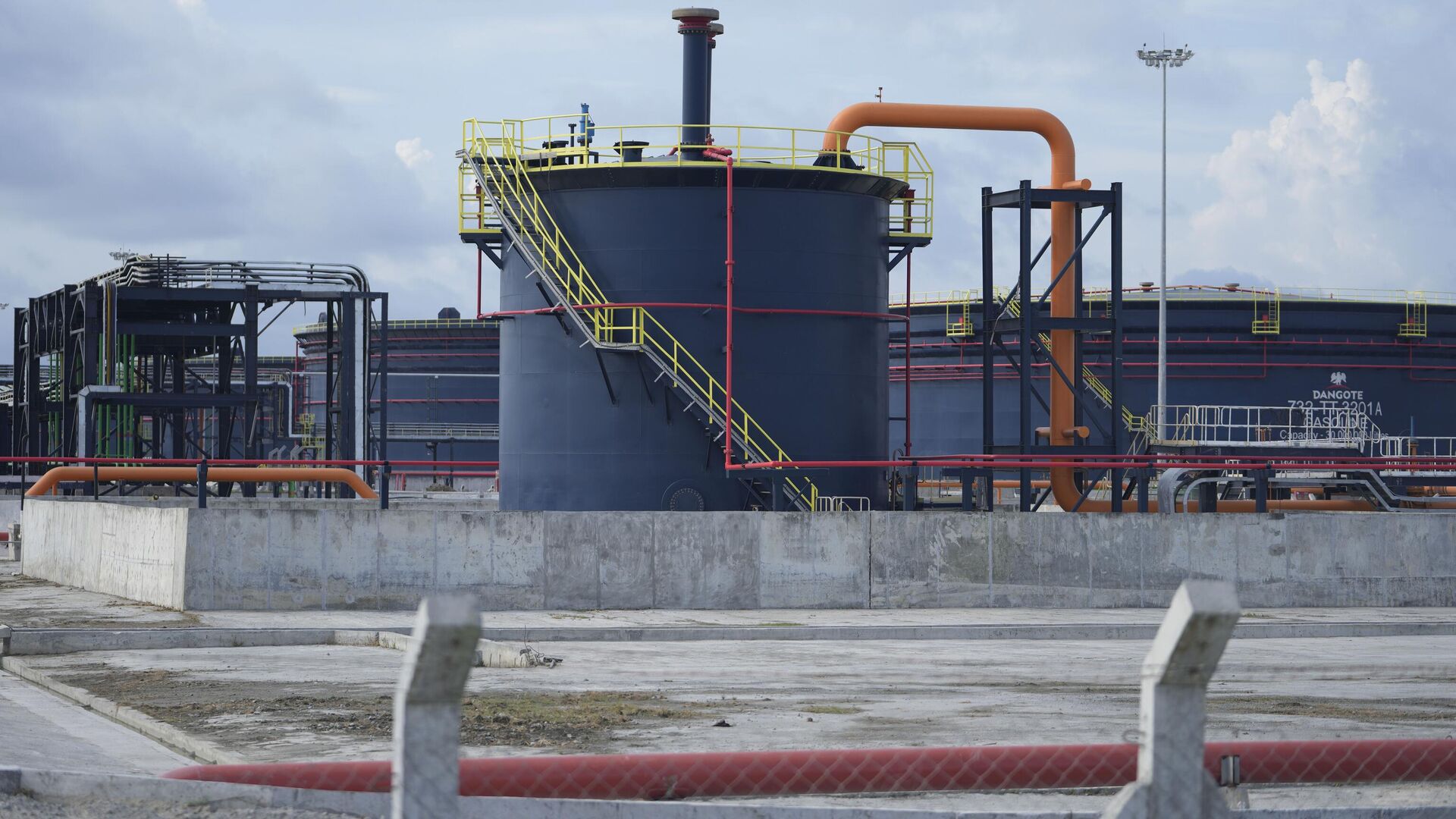OpenAI Breaks New Ground with Release of Open-Weight AI Safety Models for Developers!

OpenAI is empowering artificial intelligence (AI) developers with enhanced safety controls through the introduction of a new research preview featuring “safeguard” models. This initiative marks a significant step towards customising content classification, shifting more power into the hands of those building AI applications. The core of this offering is the new 'gpt-oss-safeguard' family of open-weight models.
The 'gpt-oss-safeguard' family comprises two distinct models: 'gpt-oss-safeguard-120b' and its smaller counterpart, 'gpt-oss-safeguard-20b'. Both models are fine-tuned iterations of OpenAI's existing 'gpt-oss' family, and crucially, they will be released under the highly permissive Apache 2.0 license. This licensing choice ensures that any organisation can freely utilise, modify, and deploy these models according to their specific requirements without restrictive barriers.
What truly differentiates these safeguard models isn't just their open license, but their innovative operational method. Unlike traditional approaches that rely on a pre-defined, fixed set of rules embedded within the model during training, 'gpt-oss-safeguard' leverages its advanced reasoning capabilities to interpret a developer’s *own* specific policy during the inference process. This paradigm shift means that AI developers employing these new OpenAI models can establish and enforce their unique safety frameworks. These frameworks can be tailored to classify a wide range of content, from individual user prompts to comprehensive chat histories.
The profound implication of this approach is that the developer, rather than the model provider, retains the ultimate authority over the ruleset, enabling precise customisation for their particular use cases. This method offers several compelling advantages. Firstly, it enhances **transparency**. The models employ a chain-of-thought process, which allows developers to inspect the model's internal logic and reasoning behind each classification. This is a substantial improvement over typical “black box” classifiers, providing unprecedented insight into how safety decisions are made.
Secondly, it fosters **agility**. Since the safety policy is not permanently ingrained or trained into OpenAI's new models, developers gain the flexibility to iterate and revise their guidelines dynamically. This eliminates the need for extensive and time-consuming complete retraining cycles every time a policy adjustment is required, allowing for rapid adaptation to evolving safety standards or specific application needs. OpenAI, which initially developed this system for its internal teams, highlights that this represents a significantly more flexible way to manage safety compared to training a conventional classifier to indirectly infer policy implications.
Ultimately, this development signifies a move away from a one-size-fits-all safety layer dictated by a platform holder. Instead, it empowers developers using open-source AI models to construct and enforce their own bespoke safety standards. While not yet live, OpenAI has confirmed that developers will eventually gain access to these groundbreaking open-weight AI safety models via the Hugging Face platform, promising a new era of customisable and transparent AI safety.
You may also like...
Nigeria’s New Mega-Refinery: Economic Hope or Environmental Trouble?

Nigeria is investing heavily in one of Africa’s largest oil refineries to end fuel imports and strengthen its economy. B...
15 Mind-Blowing Facts About the Human Body

15 astonishing facts about the human body that reveal its complexity, precision, and beauty, inviting awe, scientific cu...
What Happens to Your Body If You Consume Excess Salt

Think you don’t eat “too salty”? Most sodium is hidden. Learn what happens inside your body when you consume excess salt...
Super Eagles Face Crucial AFCON 2025 Opener: Tanzania Clash & Referee Controversy

The Super Eagles of Nigeria commence their 2025 AFCON journey against Tanzania on Tuesday, facing internal uncertainties...
Tragedy Strikes: Alexander Isak Suffers Gruesome Leg Fracture, Undergoes Emergency Surgery

Liverpool striker Alexander Isak faces an indefinite period on the sidelines following surgery for a broken ankle and fi...
Hollywood Icons Jack Black and Paul Rudd Reveal Personal Favorite Films

Jack Black and Paul Rudd discuss their new buddy comedy, "Anaconda," a meta-reboot of the '90s film, coming to theaters ...
Malawi VP's Lavish K2.3 Billion UK Trip Sparks Outcry Amid Austerity

Malawi's Vice President, Dr. Jane Ansah, faces severe public backlash over a taxpayer-funded trip to the UK for her husb...
Nigerian Fintechs Secure Staggering $230M in 2025, Sparking Key Questions

The Nigerian fintech sector experienced a significant funding dip in 2025, driven by a crucial shift in investor focus t...



